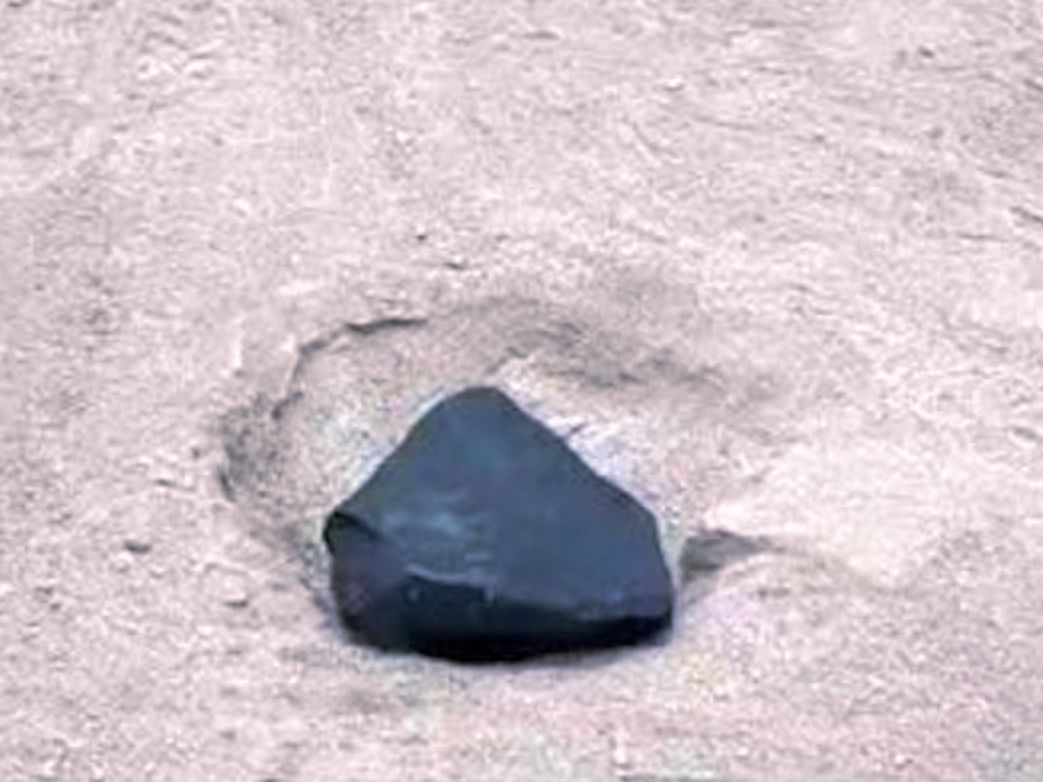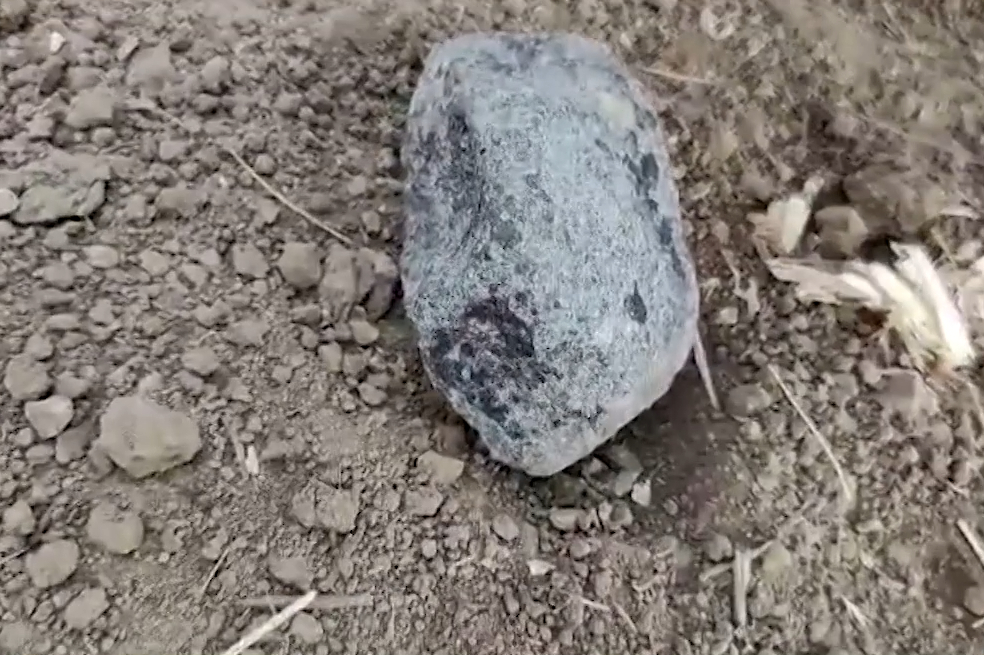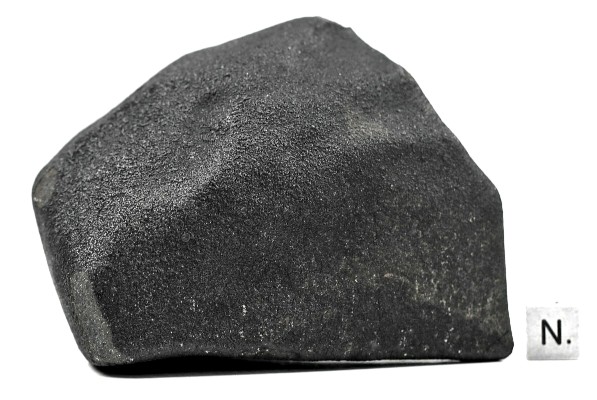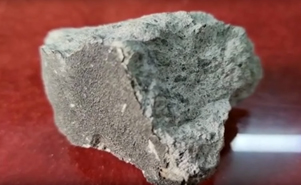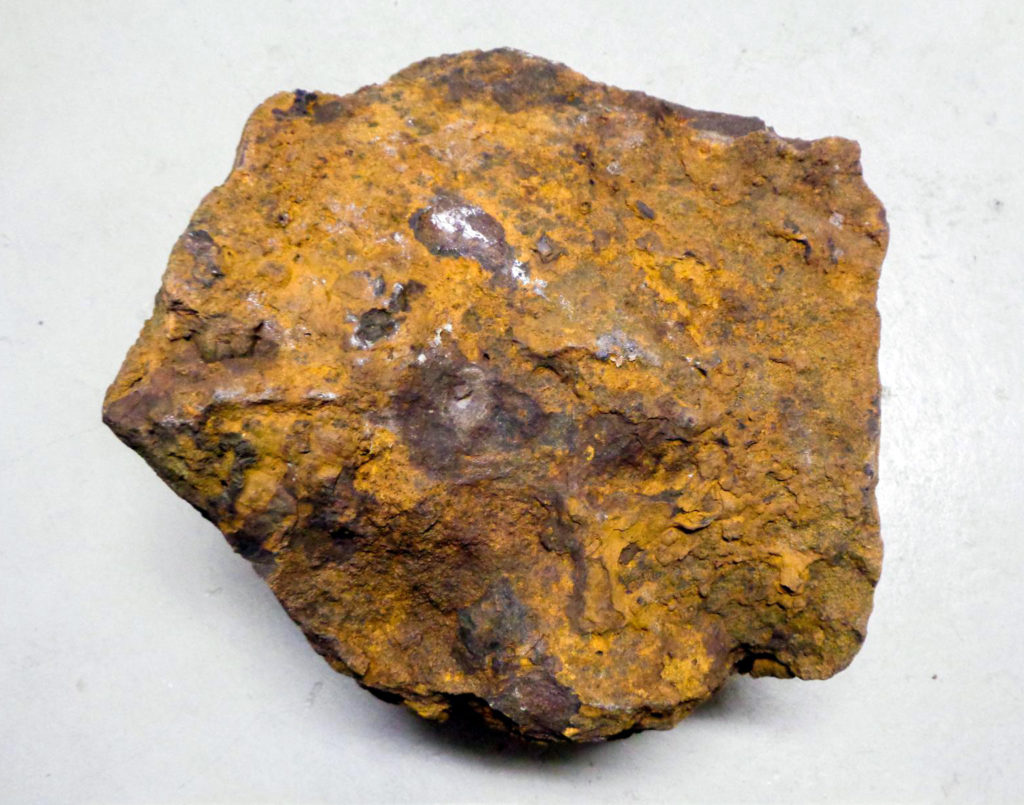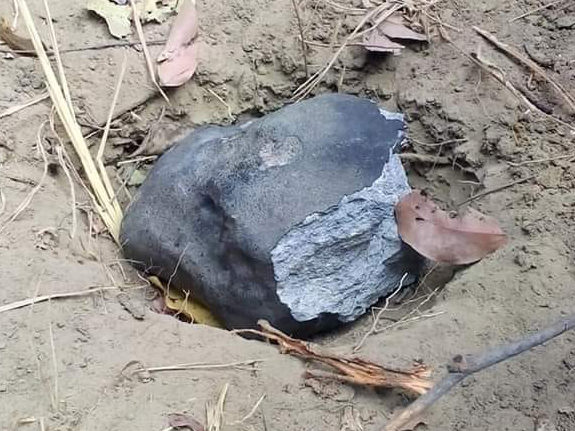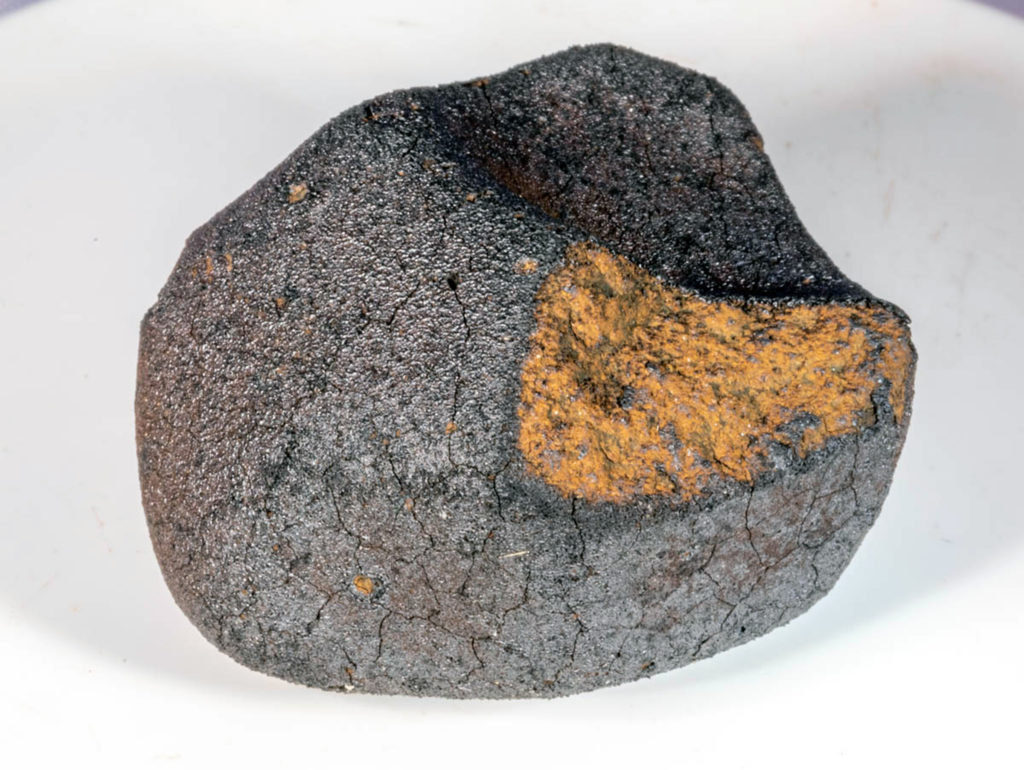Morphology of the Morasko crater field (western Poland): Influences of pre-impact topography, meteoroid impact processes, and post-impact alterations
Wojciech Włodarski, Joanna Papis, Witold Szczuciński
Geomorphology, Volume 295, 15 October 2017, Pages 586-597
Available online 13 August 2017
“Highlights
• New detailed topography of small impact craters in unconsolidated sediments
• The craters morphology is influenced by pre-impact slopes aspects and gradients.
• Meteoroid impact obliquity results in asymmetry of crater modifications.”
“Small impact craters (< 1 km) developed in unconsolidated sediments are expected to be relatively common on Earth; however, only a few tens of them have been documented thus far. Among the reasons for this small number of documented craters are the post-impact erosion and sedimentation processes that modify craters and the lack of universal identification criteria to allow the differentiation of impact structures from landforms of other origins. Here, we focus on the well-preserved impact craters on the Morasko Hill push moraine in western Poland. These craters were formed by iron meteoroid impacts in unconsolidated sediments of glacial and fluvial origins ca. 5000–6000 years ago. We provide a new high-resolution topographic model of the crater field to identify the influences of the pre-impact topography, impact processes, and post-impact modifications on the final morphology of the craters. The topographic model obtained from airborne LiDAR data and total station surveying consists of DEMs related to the recent and reconstructed pre-impact topographies. Parameterization of recent topography in terms of slope gradients, slope curvatures, and roughness allowed us to delimit the boundaries of the craters and to calculate their Feret diameters, ellipticities, slope gradients, crater depths, and volumes. The novelty of our study lies in the estimation of the last two parameters based on the reconstructed pre-impact topography and modelled paraboloids related to each crater. The obtained results show that the studied craters are circular, bowl-shaped features displaying different cross-sectional asymmetries that resulted from the interplay between the trajectories of the bombarding projectiles and the topographies of the primary pre-impact glacial and post-glacial landforms. The oblique impacts likely influenced the asymmetric distribution of ejecta during the excavation of the craters and are considered as factors conditioning mass movements during the post-impact modification of the craters. The compilation of the existing data on terrestrial small-impact craters reveals that they are susceptible to post-impact geometry modification (shallowing and widening) and that many craters have depth/diameter ratios lower than are typical for simple impact craters."

